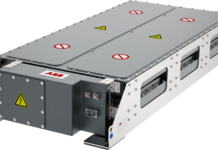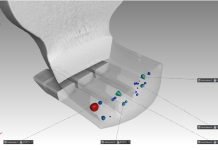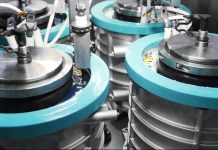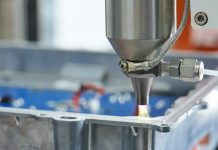Following the completion of performance evaluations, NSK can now offer a broader
range of anti-electrical-erosion technologies for eAxle bearings used on electric
vehicles (EVs). Among the new options are over-moulded bearings and conductive
brushes, elevating NSK’s ability to meet diverse demands from automotive OEMs as
they look to combat electrical erosion and, in turn, improve reliability and extend EV
range.

With growing awareness of the world’s urgent climate-change agenda, society and industry
are accelerating their journey towards carbon neutrality. The rising demand for EVs means
there is a real opportunity to enhance the sustainability of the transport sector, but the
success of this endeavour depends heavily on the underlying technologies. For instance, a
key issue in ensuring the long operational life of EVs is preventing the electrical erosion of
critical eAxle components such as bearings.
Preventing electrical erosion is becoming increasingly difficult due to the higher output of electric motors and higher drive voltages. Here, technologies like insulating ceramic-ball bearings (hybrid bearings) are most effective way of providing electrical insulation, but are not always the optimal solution for high-volume applications such as EVs.
A good alternative is the adoption of plastic over-moulded bearings, which deliver the electrical insulation required for eAxles but at a lower cost than ceramic-ball bearings.
Notably, NSK configures its over-moulded bearings to suit the application and any specific
requirements. The materials and manufacturing processes would be quite different for an
eAxle and those of a railway application, for example.
Another option to resist electrical erosion is the use of conductive brushes. However, trends in eAxle motors are moving towards the use of highly efficient oil-cooled systems, for which conventional conductive brushes are not suitable, especially in combination with high speeds. NSK’s new brushes differ in that they offer sufficient conductivity for a wide range of eAxle applications, even those involving cooling oil lubricated environments. As a further benefit, it is possible to incorporate the conductive brush directly into the shaft to save space.
NSK has already completed basic durability evaluations and can now provide customers
with proposals for its latest anti-electrical-erosion technologies, including evaluation data,
for practical applications.
Nsk’s anti-electrical-erosion options
In summary, the company’s anti-electrical-erosion options cover both insulating and
conductive methods to meet a diverse range of design requirements that balance
application and volume criteria. These technologies improve reliability and include measures that support the reduction of overall eAxle unit size. They also contribute to lower electricity consumption and longer vehicle range on a single charge.









